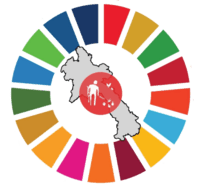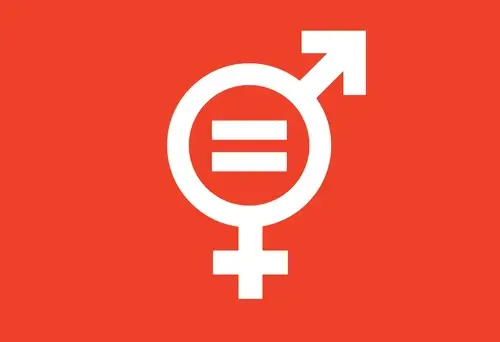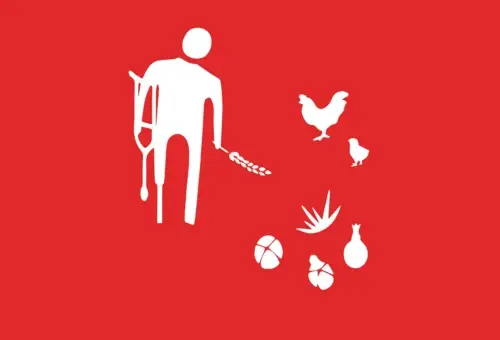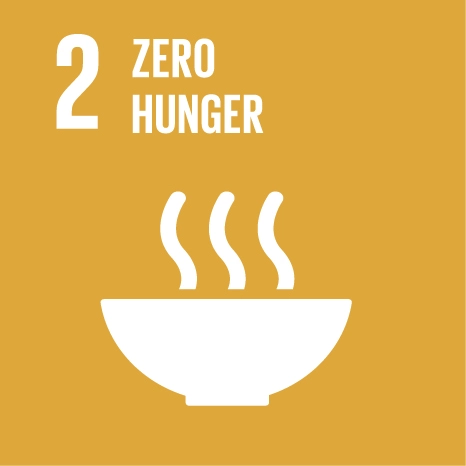
End hungry, achieve food security and improved nutrition and promote sustainable agriculture
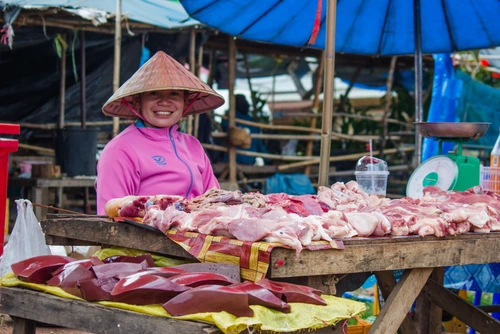
2.1 By 2030, end hunger and ensure access by all people, in particular the poor and people in vulnerable situations, including infants, to safe, nutritious, and sufficient food all year round.
2.2 By 2030, end all forms of malnutrition, including achieving, by 2025, the internationally agreed targets on stunting and wasting in children under 5 years of age, and address the nutritional needs of adolescent girls, pregnant and lactating women, and older persons.
2.3 By 2030, double the agricultural productivity and income of small-scale food producers, in particular women, indigenous people, family farmers, pastoralists, and fishers, including through secure and equal access to land, other productive resources and inputs, knowledge, financial services, markets, and opportunities for value addition and non-farm employment.
2.a Increase investment, including through enhanced international cooperation, in rural infrastructure, agricultural research and extension services, technology, and plant and livestock gene banks in order to enhance agricultural productive capacity in developing countries, in particular least developed countries.
2.c Adopt measures to ensure the proper functioning of food commodity markets and their derivatives and facilitate timely access to market information, including on food reserves, in order to help limit extreme food price volatility.
2.1.1 Percent of the population that lacks nutrition compared to the total population.
2.1.2 Percent of the population that cannot guarantee food sufficiency at a severe or moderate level compared to the total population, based on the calculation of the level of experience of food insecurity (FIES).
2.1.3 Percent of the population food service is below the consumption requirement. The minimum energy of the body is 2100 calories per day per person (the nutritional poverty line set by the government).
2.1.4 Food production in tons:
- Rice
- Sweet corn
- Vegetables
- Meat and fish
2.1.4 Prevalence of stunting (height for age <-2 standard deviations from the median of the World Health Organization (WHO) Child Growth Standards) among children under 5 years of age.
2.2.1.a Prevalence of stunting among under 2 years old (for Lao PDR's commitment to SUN 1000 days programme).
2.2.3 Prevalence of wasting (weight for height >+2 standard deviations from the median of the WHO Child Growth Standards) among children under 5, disaggregated by sex, province, ethnicity.
2.2.4 Prevalence of overweight (weight for height >+2 standard deviations from the median of the WHO Child Growth Standards) among children under 5, disaggregated by sex, province, ethnicity.
2.3.1 Agricultural value added per labour unit in US$.
2.a.1 Share of agricultural spending in government expenditures, where agriculture includes crops, livestock, fisheries, productive forestry, and hunting sectors.
2.a.2 Total official flows (official development assistance plus other official flows) distributed to the agriculture sector in US$.
2.c.1 Availability of food price list.
